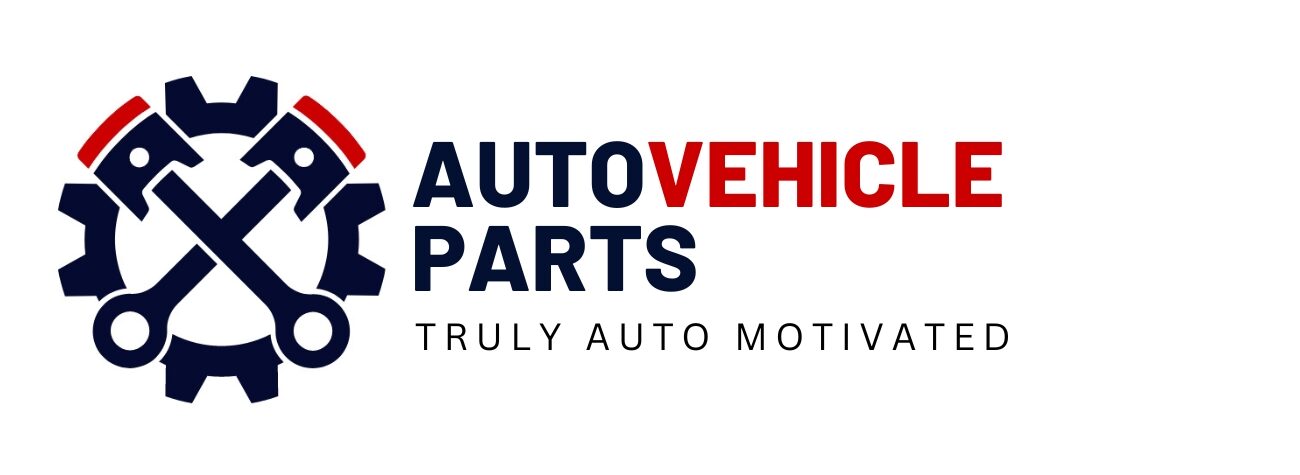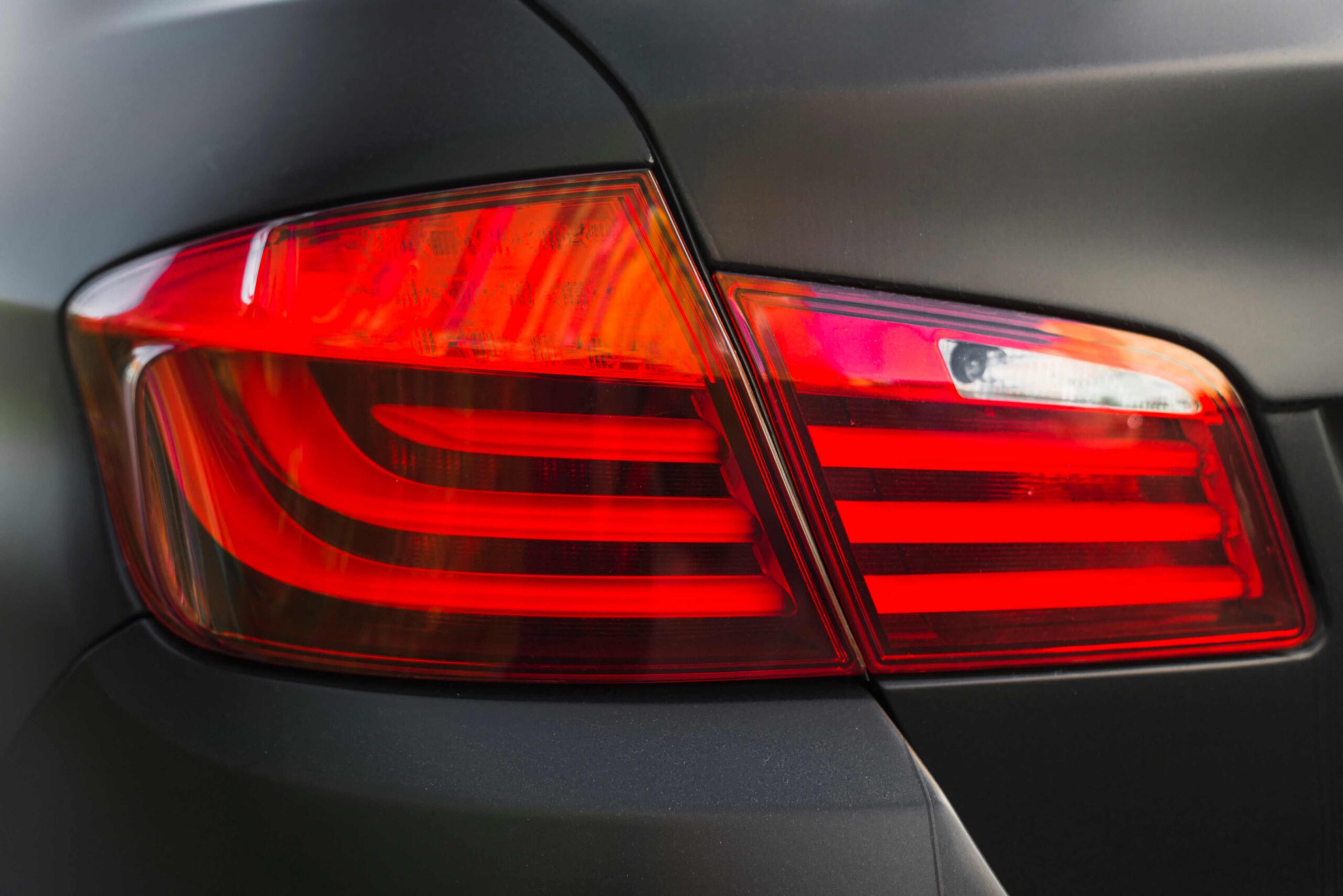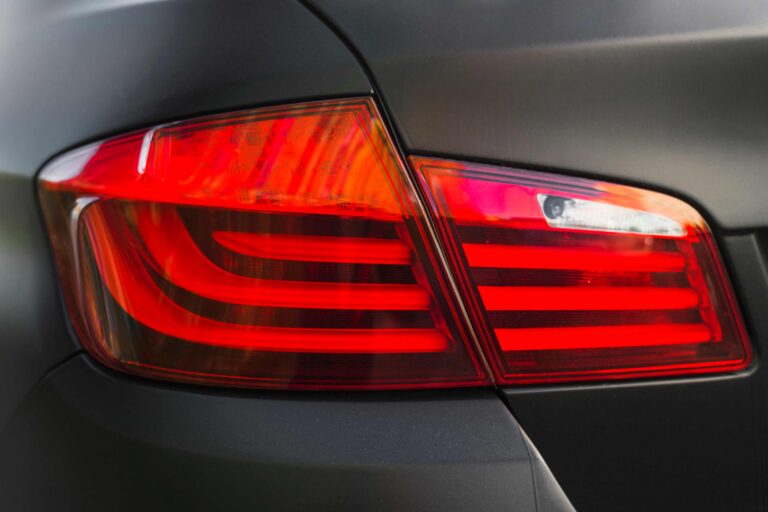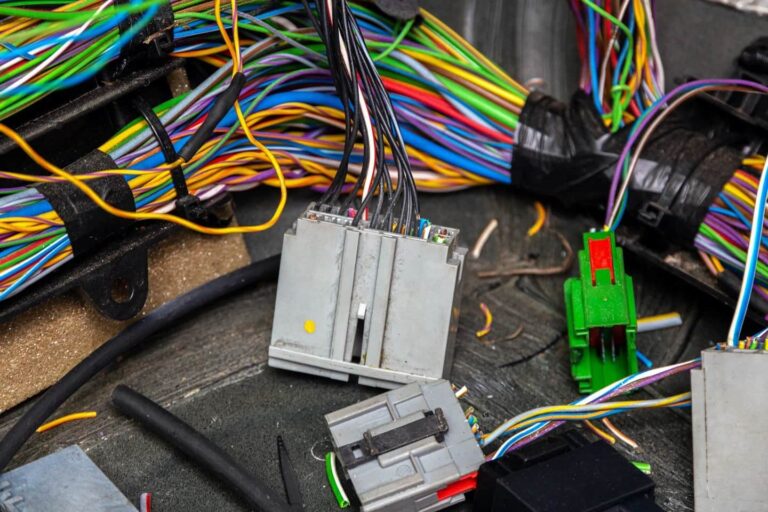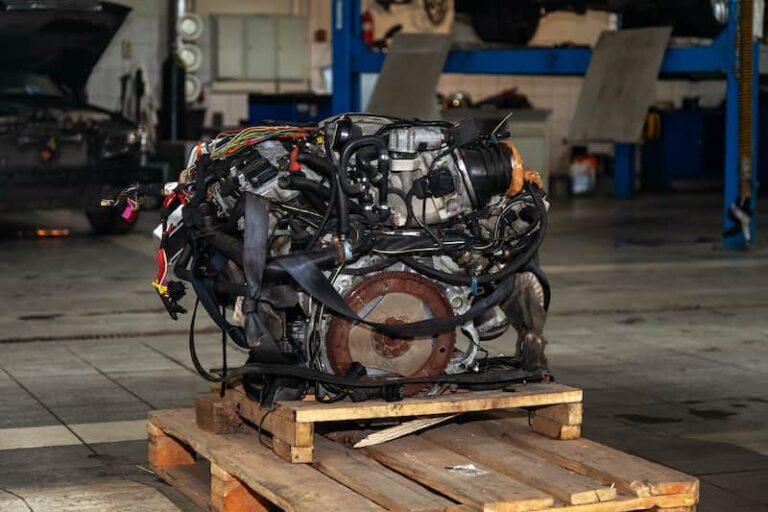The rack and pinion steering system is one of the systems used in the steering of cars. This system consists of a pinion otherwise known as a circular gear and a rack, also known as a liner gear. The basic functioning of the system, in simple words, is dependent on converting circular motion to linear motion. This system is primarily used in cars, SUVs and small trucks.
Mechanics of Rack and Pinion
Rack and pinion steering system work with the aforementioned gears to turn the vehicle. This work by rotating the pinion resulting in the linear motion of the rack. These are very simple mechanics depending on two very simple gears, compared to many complicated auto parts.
A generating rack is a rack outline used to show the details and dimensions of the teeth in the construction of a generating tool, such as a hob or a gear shaper cutter. Rack and pinion actuators are commonly used in simple linear actuators. To achieve linear movement, the pinion’s shaft is rotated by hand or by a motor.
History of rack and pinion
While American automakers have only employed the rack and pinion steering system for less than 50 years, it has been used in other countries for nearly a century. According to Hemmings Motor News, BMW developed the first rack and pinion gearbox in the 1930s. Ford was the first American automaker to employ rack and pinion steering in production, with the 1974 Mustang II and Pinto being the first examples. GM and Chrysler would not produce cars with rack and pinion steering until the 1980s, despite AMC adopting the technique for the 1975 Pacer.
Benefits of rack and pinion
Hemmings also points out that a rack and pinion steering system is lighter than a recirculating ball gearbox, which helps with fuel economy. Rack and pinion steering systems are lighter than traditional steering systems because they do not require idler arms, Pitman arms, centre links, or tie rod sleeves. A rack and pinion system is a better fit for front-wheel-drive applications due to its size and weight, which allows manufacturers to position it immediately next to the transverse drivetrain. Rack and pinion gears are easier for manufacturers to customise to certain wheelbases and handling packages.
Working of rack and pinion
We already mentioned that the system works by changing the circular motion of the steering to linear motion. But that’s very simplified. Getting into detail, the gearset is housed in a metal tube. Each end of the tube contains a hole for the rack to attach to an axial rod. When the steering wheel is turned, the pinion gear is connected to the steering shaft, causing the gear to spin and move the rack. The axial rods are connected by a tie rod end to the spindle.
Power rack and pinion
The rack and pinion designs of modern power steering cars are slightly different. Two steel tubes run along the side of a power rack, performing the left and right turning functions while also serving as pressure and return lines. The power rack is connected to a cylinder with a piston and two-fluid openings. The piston is moved by high-pressure fluid, which then moves the rack. An electric pump is used in electric systems.
